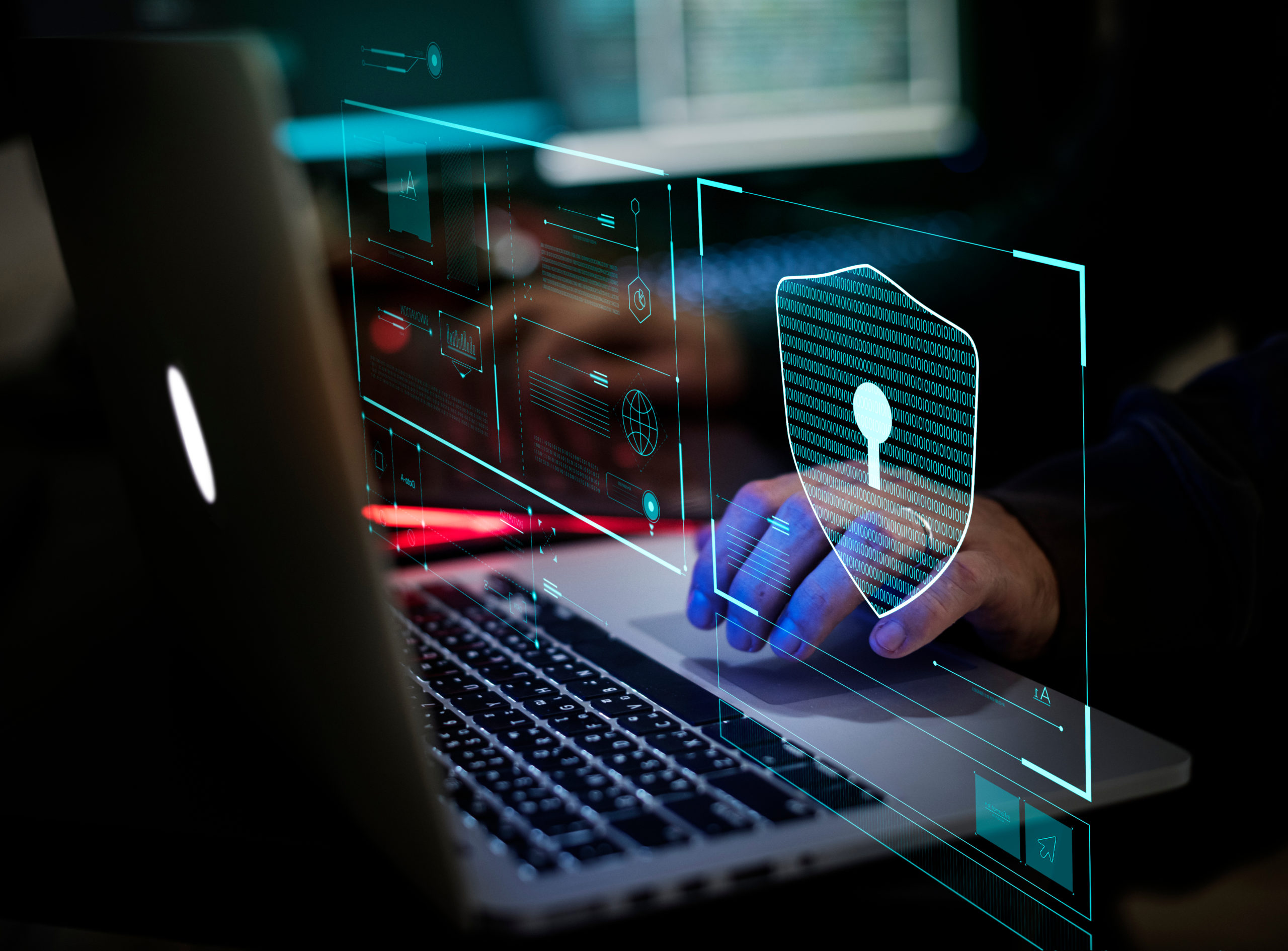A Level of Certification to Consider
Obtaining a Secuirty+ certification allows individuals that are pursuing a career in an information technology field many opportunities. A good portion of DoD jobs requires this level of certification to maintain secure systems utilized daily. This training ensures that the minimum-security requirements convey. The exam is difficult because it covers an extensive range of topics under Information Technology Security.
There are multiple ways to study for the Security+ exam. This article demonstrates one way to follow. It has been a proven method to achieve a passing score the first time taking the exam. When this article was written, the SYO-501 was the current exam offered.
What You Need
Below are suggested materials to guide you towards the exam, with specific examples outlined in the subsequent sections:
- Books (there are two specific titles mentioned in this blog)
- Additional Subscription Study materials (this is not required, but suggested)
- Friends to study with (or to keep you awake when you are supposed to be studying)
- A well-rested mind
- One month to prepare (suggested if you are new to the material)
Step 1: Read the Fun Manual (RTFM)
 First of all, the best way to get a good grasp of the material is to take a class offered by qualified and licensed entities. These courses usually last five days and will follow a book, or multiple books, for education material. Attendance is either via an online course taken at your leisure or in person at a facility. If you can have a company host the professional to teach an on-site/virtual class, that is the best way to get involved in a course. You can purchase two useful books at many major retailers that sell course material for CompTIA:
First of all, the best way to get a good grasp of the material is to take a class offered by qualified and licensed entities. These courses usually last five days and will follow a book, or multiple books, for education material. Attendance is either via an online course taken at your leisure or in person at a facility. If you can have a company host the professional to teach an on-site/virtual class, that is the best way to get involved in a course. You can purchase two useful books at many major retailers that sell course material for CompTIA:
- CompTIA Security+ Get Certified Get Ahead: SY0-501 Study Guide by Darril Gibson
- CompTIA Security+ SY0-501 Cert Guide by David L. Prowse.
Reading these books is recommended, regardless of if you take the course or not. Allow plenty of time to get through both of them. Both cover topics in length on different subjects and give you an excellent grasp of all the exam material. Ensure that the proper books purchased are for the current exam that is offered. Failure to do so will result in information missed that may be on the exam. If time is of the essence, reading the book by Darril Gibson would be recommended. Then use the David Prowse book and skim through the sections that expand a bit more on the topics not covered in the first book.
Step 2: Online Videos (they are free!)
An excellent online resource to use is Professor Messer’s CompTIA SY0-501 Security+ Course. The videos are a completely free way to cram a lot of information quickly after reading the books. I’d recommend doing so in this order. You can do the reverse if you like. However, listening to the videos as you are driving or going about your day after reading the material makes it easier to retain the information. There are also other study materials offered for sale to help aid in the passing of the exam. Listening to all the videos after reading the material is thoroughly suggested to help retain the information. There is also information covered in these videos that had not been discovered in the books recommended to use.
Step 3: Get Certified and Get Ahead Study Material
If you can afford to do so, purchase the full study guide at GCGAPremiumPass. There is a package that is great to use after completing the books and videos. The study package follows Darril Gibson’s book recommended above. A package is offered that contains the book and the study guide to save some money. This is the recommended way to get both if you have not taken a course that includes the book in the purchase. The full study guide includes:
- Multiple-choice Security+ practice test questions
- Performance-based questions
- Audio from the Study Guide
- Online flashcards
The audio “Remember This” material is one of the best things you can use to retain the information in this book’s chapters. Reading a chapter and listening to the accompanying audio file for it will help immensely. If there is something in the audio file that you do not understand, go back and read the section in question. Then, listen to the remember this audio file again. Each of these files is ten minutes or less. Using these to listen to while you are driving or folding laundry will help you retain what you have read from each chapter. These short audio clips are handy to keep the information fresh in your mind. Using the flashcards in this manner will also help you remember specific details like ports and acronyms useful for the test. Acronyms are the most significant thing to commit to memory. The exam will not spell these out for you. If you do not know all of them, you will spend a lot of your time on questions trying to figure out their context.
The practice questions are a great way to get yourself prepared for the exam. With one caveat: do not just memorize where the answer is in the order of the list. The order of the answers will change between chapter exams and full exams. Taking these in order of the chapters, then taking the complete exams is the best course of action. This helps eliminate your brain tricking you into choosing the answer’s letter rather than identifying the correct answer by knowledge. Please note that no matter how many times you will take these practice exams, the real exam will not have questions on it that are the same.
Step 4: Test Day
Prepare yourself by taking some time off before the exam to let the information sink in. Cramming right up until the test time will only confuse you for the information you need to know. A fresh mind and a calm attitude will go a long way. The exam is timed, so you will see the time the whole way through. Try not to pay too much attention to it without ignoring it. There are scenario-based questions included in the exam. These questions will take much set up time to figure out an answer. Building networks or figuring out access points will be common questions. The rest will be multiple choice. The best plan of action will be to answer all the questions you know as quickly as possible, allowing time to go back through to think about the questions you are not sure of. Usually, your first answer that you put down will be the correct one if you studied enough. Spending too much time on a question will lead you to second guess yourself, and you may settle on the wrong answer. There is an option to flag questions you are unsure of so that you can return to them at a later time. The best advice here is to make sure you answer the question you are unsure of and flag it when you move on. This way, if you run out of time, the question is answered. It may be wrong, but it is better than leaving a question empty.
After the exam time has run out the clock, a survey will be presented for you to take. You will not see your score before your survey is complete. Don’t worry that some technical glitch may be happening. If you passed the test, a certificate would be mailed to you. You can then present this to your organization. If not, you will be able to retake the exam. It is suggested that you give yourself some more study time and focus on the areas the summary lets you know where you are not strong in your knowledge.
Conclusion
The suggestions stated here are just that: suggestions that have worked for some people. Others require less time to prepare and study, and some require a lot. If you put enough work into preparing for the exam and ensure you have a positive attitude about it, you will do great. Don’t worry if you do not pass the first time. The exam is challenging to prepare for in a limited amount of time. No matter how much preparation you have put in, there will still be questions presented to you that you feel you have not covered. The exam is tailored that way to collect statistics and catch cheaters. Getting with a group of people for the exam prep is the best way to study for this. Instructors can be hired to teach you the exam’s ins and outs and the history of the questions presented. Good luck!







